Getting pupils into LOGO
One of my memories of having fun learning maths was being shown how to control a ‘turtle’ so that it traced a path of my choosing across the computer screen. Maybe because I got to be the boss of something or because the learning curve was short and shallow, time vanished in those lessons.
When I became a maths teacher, the first thing I looked for on the curriculum was LOGO, the turtle-control language, and was disappointed to not find it. That puzzled me – why would something of such great learning value not be there for children to learn? Angle facts, BIDMAS and algebra become three friends in a playground, with logic and language the climbing frame and rope bridges to play on. Not only was it not being taught, my colleagues looked at me strangely for raving on about it.
So when it was my turn to write a curriculum this year, I jumped at the chance to include LOGO and place it at the party end of the geometry half-term. In fact, we’ve just finished it and it was particularly timely given all the recent calls for programming in schools (see BBC News and Wolfram’s ‘Math Does Not Equal Calculating‘).
And I enjoyed myself all over again!
Pupil Competition
We decided to run it as a Key Stage 3 competition with a big launch in assembly. The brief was to use LOGO to create a piece of artistic and mathematical merit and the prize was a voice-activated robot!
The same four lessons were given to all three yeargroups (all resources below) and differentiation was given in terms of the speed with which pupils were exposed to more sophisticated techniques for programming LOGO. The scale of complexity looked something like this:
- Use a ‘My First LOGO’ website where instructions are clicked on rather than typed.
- Progress to typing basic left/right/forward/backward instructions (on a different website).
- Introduce REPEAT for drawing regular polygons and patterns
- Plant the idea of drawing a circle and curves
- Combine curves and straight sides to design shapes of choice
- Bring in PENUP/PENDOWN/PENCOLOR to create multiple shapes on the canvas
- Write Functions and show how to call them (on yet a different website)
For me, the successes were not only in the pupils’ finished product, although they were all so good it was difficult choosing winners, it was the social and cognitive work we saw taking place in lessons. Individual designs were inspiring team mates; they were sharing lines of code; fervent experimentation with the function du jour was taking place; and they were asking for advice on how to draw game-raising shapes all the time.
Now I have to work out how to bottle that buzz and pour it over all my lessons.
Resources
Here are the resources we made:
LOGO assembly
LOGO lesson 1 – Presentation
LOGO lesson 1 – Work pack
LOGO lesson 2 – Work pack
LOGO lesson 3 – Work pack
LOGO (Competition entry template)
LOGO – Merit Challenge
I can see why they want schoolchildren to be learning programming now and I would love to hear from anyone who has used physical robots (such as Lego Mindstorms) or had success with other forms of programming. What did you do? What worked? Where next?
In the interest of sharing, here are a few things to check out:
- Code Club – A nationwide network of volunteer-led after school coding clubs for children aged 9-11
- Khan Academy Computer Science – Introduction to programming and computer science





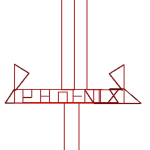

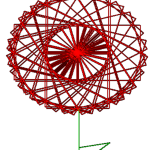

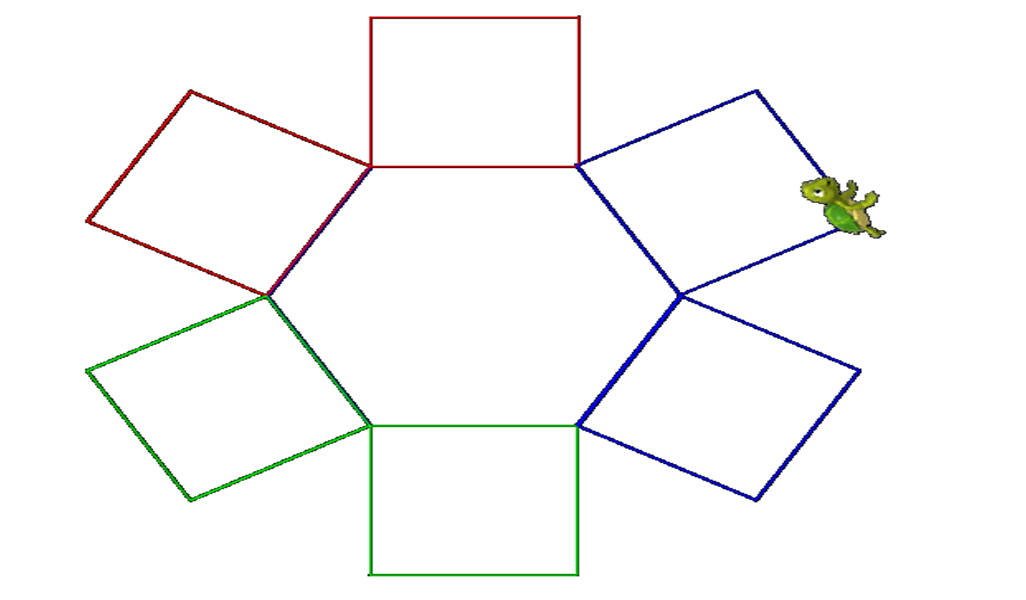

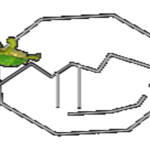
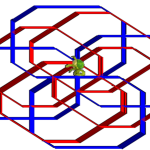
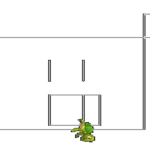
This is very cool, thank you for sharing. I’m hoping to continue to introduce programming at my school as well.
Thanks David. I found LOGO to be a good entry point because the pupils can immediately see the output. The language is also strict enough to be able to teach them about programming grammar but not so complicated that even young pupils can’t make sense of it.
Of course, you know all that! Your LOGO/Scratch hybrid, by the way, is amazing.
Coincidentally, the winner of our LOGO competition was awarded a day with a Scratch programmer from ActivInspire. That is probably the direction for me to go next – game design using something like Scratch.
You might be interested in the article on xtranormal – it’s not quite programming but putting together an animation requires pupils to think carefully about sequencing and precise use of language. http://mrreddy.com/blog/2012/03/animated-mini-maths-lessons-using-xtranormal-com/
Bruno, ‘catching up’ with Twitter and I find 2 posts from you using old favourites of mine! I have always loved LOGO and had pupils in the mid-90’s writing packs for their peers.
It’s not only a good introduction to programming, but challenges many ideas, especially about curves.
Out of interest, have you done any work with Tangrams?
AnnMarie
Ha! What a coincidence!
I’ve got a half-term on geometry coming up with my year 7 classes (mainly angle facts and 2D shapes). So LOGO is going to fit perfectly as an application of their new knowledge. I should try Tangrams too. It’ll be a first for me. I’m sure I’ve sign online Tangrams before. Probably on nrich. If you’ve got any suggestions or resources please let me know.
Thanks,
Bruno
Bruno, when I started out there was no technology in Maths – it was all very hands on with paper and pencils! However, I created a practical Tangrams series of lessons where pupils explored connections between different shapes. I did have a True or False sheet which eventually led them to deriving the formulae for area of triangles and parallelograms based in knowing area formula for a square. It really involved algebra as well as Geometry. It was great fun and resulted in the sort of deeper understanding you focus on. I shall have to find it for you.
Let us know how you get on with LOGO.
AnnMarie
Sounds brilliant. I’ll have to find a way to include it in the coming half-term. I’m sure there’s all sorts you can do with Tangrams. Please do share anything you can find! Thank you.